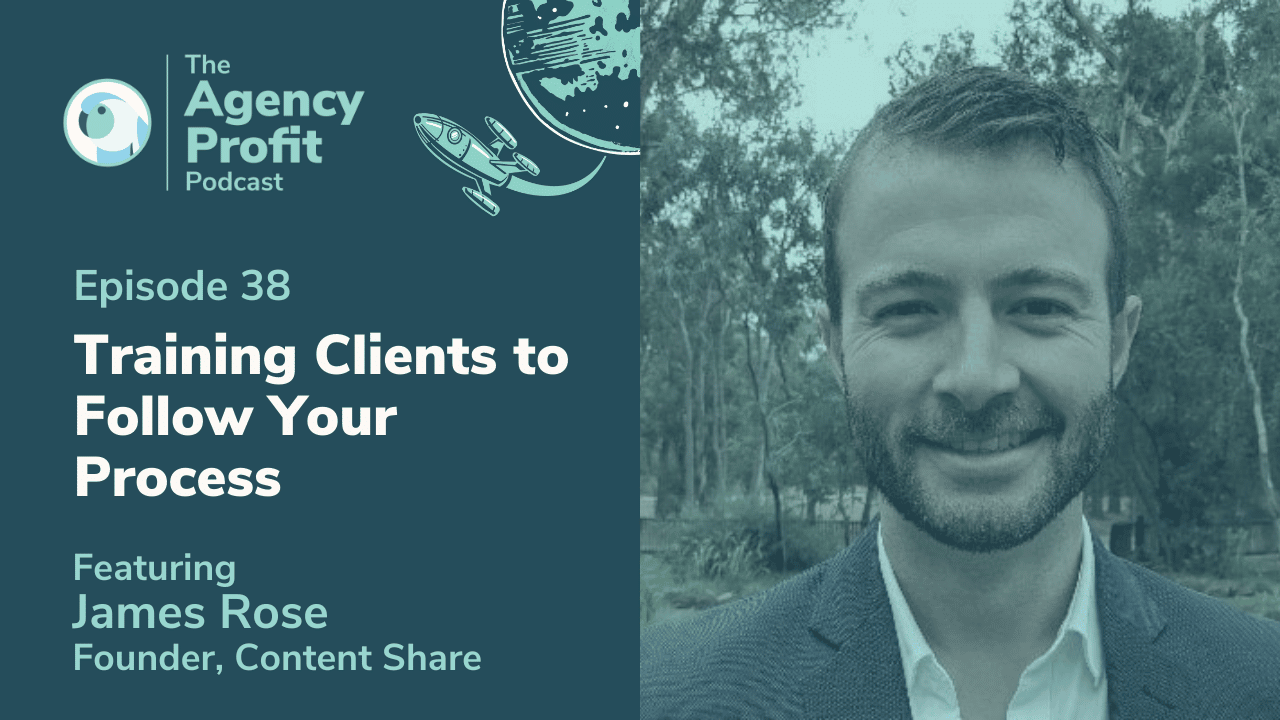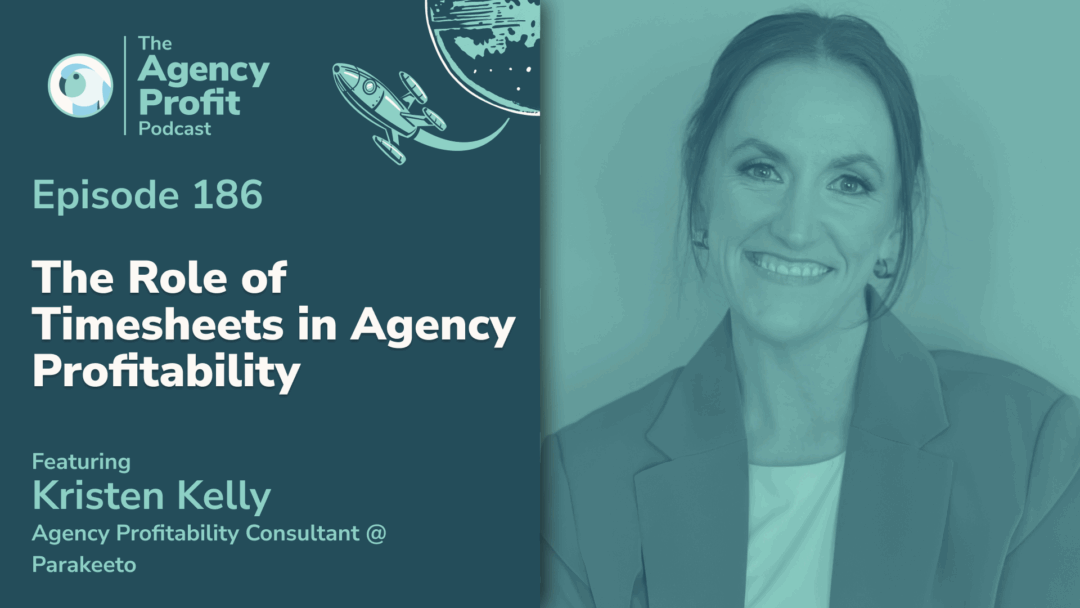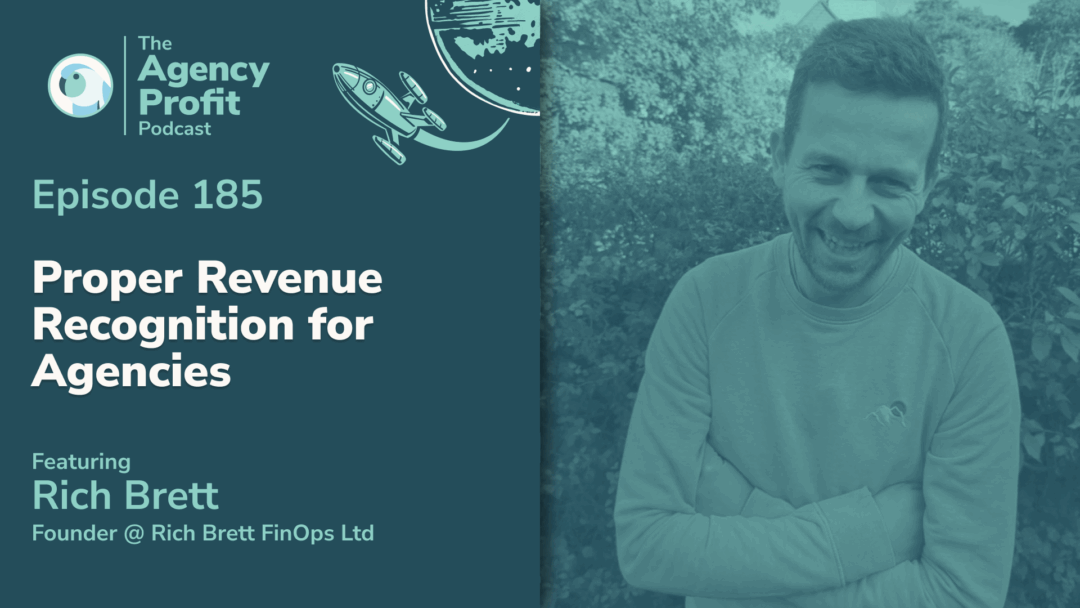In this episode, we had the pleasure of talking to automation wizard James Rose about the most important processes you need to have in your agency, and how to help train your clients to follow those processes.
About James:
James (Jimmy to his pals) is the founder of Aktura Tech, ContentSnare, and the host of the Agency Highway podcast.
Via his Zapier Mastery automation course, he enjoys finding and sharing ways for you to automate parts of your business so you can spend your precious time tackling things that really matter.
In addition to sharing his knowledge of better processes via automation, James co-founded a tool for digital agencies to get content from their clients via ContentSnare, while Aktura builds custom software and mobile apps. One of his previous projects, SaaS application SilverSiphon, was sold to an angel investment firm based in Silicon Valley.
When this Brisbanite isn’t informing people just how much “automation freaking rocks”, he can be found conversing with dogs; something he’s particularly skilled in.
Points of interest…
There’s more information regarding each point in our blog notes beneath the video.
- Key processes to avoid scope creep with clients 1:35
- Principles for creating streamlined processes 4:04
- Importance of positioning processes from the offset 6:38
- Getting clients on board with new processes 8:18
- Proposal pitfalls to avoid 12:08
Key Processes to Avoid Client Scope Creep
Many agency owners I talk to can find their new client relationships spiraling. By way of example, they start getting various communications, through lots of different channels, at any given time…
It can feel overwhelming when you’ve got a handful of clients who all have their own way of working with you. That’s why I was keen to dig into the key processes James got in place in order to start freeing up time while working with clients.
There can be so many different things to fix; you’ve just got to knock them over one at a time. The biggest revelation for James, however, was automating email and workflows.
“Everyone deals with, like, trying to wrangle clients. Getting that process sorted is, just, it was the biggest thing for us by far… For us, originally, it meant a good project management system and a way for information to come into that project management system from clients. Um, so the system we used was Teamwork and Teamwork Desk.”
The reason this was a winner for James is down to the fact that clients can use a familiar system – email! Then, if you add a project or account manager into the mix (who will specifically deal with overseeing the project management system, and then communicating with clients) you will be on the road to optimum efficiency.
Principles for Creating Streamlined Processes
For any system or process to run smoothly, your client needs to know what they’re doing. Therefore, the foremost guiding principle in streamlining a process for a client is training.
“It’s almost like training a dog, training your clients to use your systems.”
Clients prefer having a direct point of contact. It’s human nature. They feel like their concern or issue has been addressed, or even prioritized. However, if they’re constantly emailing you or another one of your key team members personally, that is a huge time drain.
If you’re repeatedly asking clients to email your generic help@ address, but they’re still emailing you directly, James has a fix for that particular issue; he just sits on it…
“I was just, like, sitting on that email for, like, five days and then replying back and being, ‘Oh my God, sorry. I just saw this… all this would have been done already, if you just sent it to the right address, uh, which is this one. Um, can you please do that now?’ This is after they’ve done the wrong thing, like, three or four times.”
Importance of Positioning an Agency Process from the Offset
Folks sometimes forget about the most important part of an agency/client relationship: the positioning of the agency process.
By that I mean; you’re having the conversation with the client, where you say “You’re hiring us to get you this outcome; here’s what you need from us; here’s what you expect from us – but here is also what we need from you.
James points out three key points every client should be made aware of in order to have a smooth working long term relationship.
- Make sure your proposal – including what you require from them – is crystal clear on Page One
- Cite all the items you expect, including how long they have to reply to feedback requests or get you the correct content
- Clearly outline what systems you will be using throughout the project
“You’ve got to say it early, plus reiterate multiple times. If you just say once that, like, ‘Oh, we’re going to need content before we start any work’, they’re probably not going to hear that. But, if it’s reiterated in your process document, your proposal, AND you’ve said it to them three times on the phone – like, they should know by that point.”
Everything needs to be super clear from day dot. Zero ambiguity.
Getting Clients Onboard with New Processes
Once you’ve set up a process for client onboarding and/or client communication – and you’re now trying to get your new and existing clients to adopt this process – there are two key points.
Firstly, the overall principle is: make it easy for them. We’re talking no overcomplicated login, form processes, or arbitrary requests for content copy.
“Don’t just say, ‘give us your homepage copy.’ And you might include videos with this stuff, as well as show them how to give you feedback, um, to like demonstrate what good content looks like.”
Secondly, break it down for them. Guide them. For example, here is how you should ask a client for ‘homepage copy’…
- Please give us a headline: 12 words max, no fluff
- We need a header/background image (don’t use industry terms like “hero” image)
- We also require a brief description of your services; exactly what your business does in a few sentences
Proposal Pitfalls to Avoid
The worst thing you can do is bury something in your proposal. As previously mentioned, the most important point – particularly when it comes to agency/client communication – is making said conditions and processes clear on the first page.
“If you say ‘We need your content in seven days, or we need design feedback revisions – you have two days’ – and it’s like on page 37 of the contract, in size six texts – no one’s ever gonna read that.”
Key Takeaway…
One thing to ensure your client knows, from the offset, that this is a collaborative effort.
- Set up your communication process and stick with it
- Every touchpoint needs to be as simple as possible
- Keep them updated so they have project visibility
You don’t have to be constantly communicating the minutes of each project phase with them if there is a reporting process in place.
The easiest way to do this is a simple weekly email citing the following…
- This is what we did this week
- Next week, we’re undertaking this part of your project
- Now, this is what we need from you to make that happen
“Just standard, like, blank out an hour or whatever on a Friday to communicate those three things with all of your clients.”
It always helps to put yourselves in the client’s shoes… You might build websites for a living, but they don’t, so this is very new to them – especially for busy business owners who simply don’t have the time to be working on new things.
Remember, if they wanted to spend a load of time, micro-managing someone that was going to do a project for them, they would have hired somebody internally instead of going to an agency. The reason they didn’t was because they didn’t want that overhead.
So, bottom line, make it the easiest process imaginable and over time you’ll see a continuous improvement in your client-agency relationships.
Want to see more of James? Follow him @…
Did you learn anything new from this episode? If so, let us know in the comments below – we value your feedback! Our next installment of #APP, on July 22nd, will see us chat with Rachel Gertz. To view our previous blog with Andy Cabasso, make your way here…
Agency Profitability Tool Kit
If you’re looking for more resources to help you improve your agency’s profitability, then check out the Agency Profitability Tool Kit – it’s full of the same templates and checklists we’ve used with consulting clients to help them improve their profitability by over 100% in under 60 days.








0 Comments